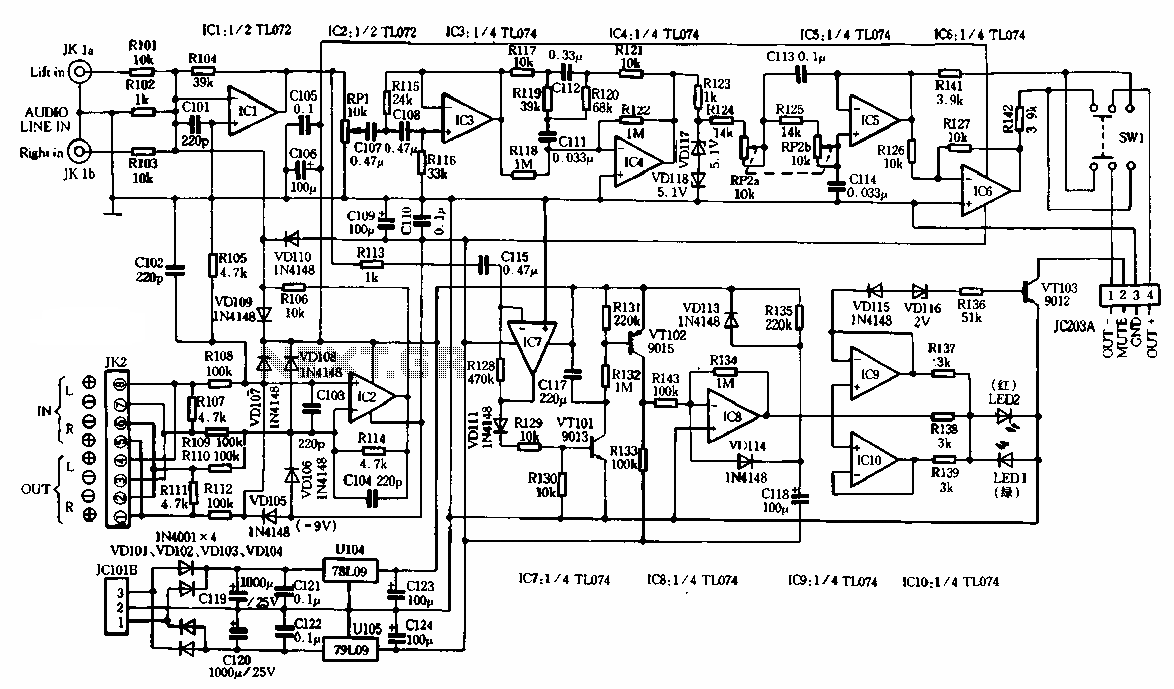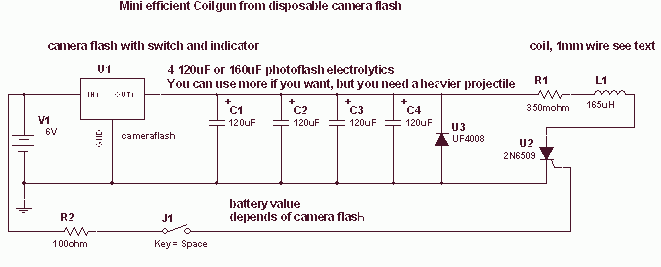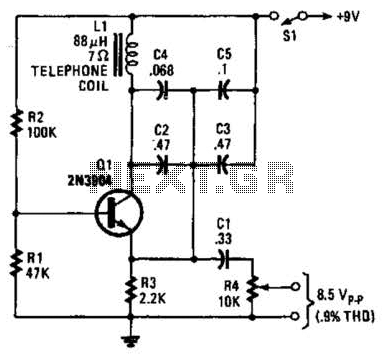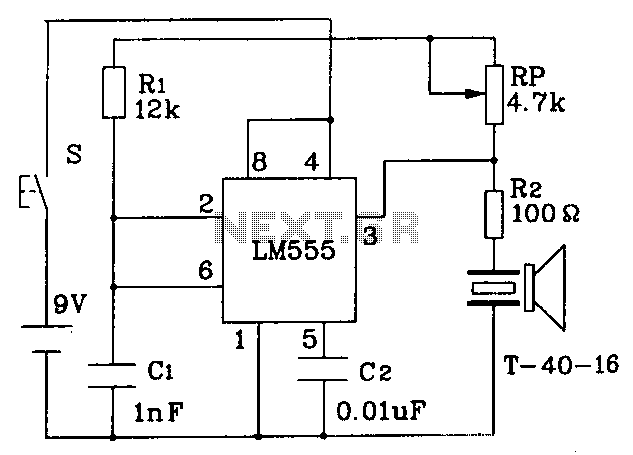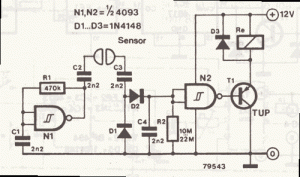
The most lead-acid battery charger circuit by LM317
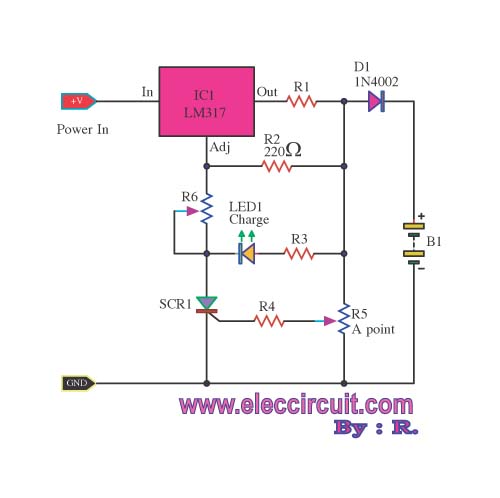
When building a lead-acid battery charger for a 6V or 12V battery, there are various methods available. One preferred option is the use of the IC LM317.
The LM317 is a versatile adjustable voltage regulator that can be effectively utilized in designing a lead-acid battery charger circuit. This integrated circuit can output a voltage range of 1.25V to 37V, making it suitable for charging both 6V and 12V lead-acid batteries with appropriate adjustments.
To design a lead-acid battery charger using the LM317, the following components are typically required: the LM317 voltage regulator, resistors for setting the output voltage, a diode for reverse polarity protection, a heat sink for thermal management, and capacitors for filtering. The circuit configuration involves connecting the LM317 in a linear regulator setup, where the output voltage is adjusted by selecting appropriate resistor values (R1 and R2) based on the desired output voltage.
For a 6V lead-acid battery, the output voltage can be set to approximately 7.2V, which is suitable for charging, while for a 12V battery, the output can be set to around 13.8V. It is essential to incorporate a current-limiting resistor or a current sensing mechanism to prevent overcharging, which can damage the battery. Additionally, a diode should be placed in series with the output to prevent reverse current flow when the charger is disconnected.
Thermal considerations must also be addressed, as the LM317 can dissipate significant heat during operation, especially under load. A suitable heat sink should be attached to the LM317 to maintain safe operating temperatures.
In summary, the LM317 provides a reliable and adjustable solution for charging lead-acid batteries, with a simple circuit design that can be tailored to meet the specific voltage and current requirements of the battery being charged. Proper component selection and configuration are crucial for the effective and safe operation of the charger.When you want to build the lead-acid battery charger project for 6V battery or 12V. Although there are many methods to choose from. I like using IC LM317.. 🔗 External reference
The LM317 is a versatile adjustable voltage regulator that can be effectively utilized in designing a lead-acid battery charger circuit. This integrated circuit can output a voltage range of 1.25V to 37V, making it suitable for charging both 6V and 12V lead-acid batteries with appropriate adjustments.
To design a lead-acid battery charger using the LM317, the following components are typically required: the LM317 voltage regulator, resistors for setting the output voltage, a diode for reverse polarity protection, a heat sink for thermal management, and capacitors for filtering. The circuit configuration involves connecting the LM317 in a linear regulator setup, where the output voltage is adjusted by selecting appropriate resistor values (R1 and R2) based on the desired output voltage.
For a 6V lead-acid battery, the output voltage can be set to approximately 7.2V, which is suitable for charging, while for a 12V battery, the output can be set to around 13.8V. It is essential to incorporate a current-limiting resistor or a current sensing mechanism to prevent overcharging, which can damage the battery. Additionally, a diode should be placed in series with the output to prevent reverse current flow when the charger is disconnected.
Thermal considerations must also be addressed, as the LM317 can dissipate significant heat during operation, especially under load. A suitable heat sink should be attached to the LM317 to maintain safe operating temperatures.
In summary, the LM317 provides a reliable and adjustable solution for charging lead-acid batteries, with a simple circuit design that can be tailored to meet the specific voltage and current requirements of the battery being charged. Proper component selection and configuration are crucial for the effective and safe operation of the charger.When you want to build the lead-acid battery charger project for 6V battery or 12V. Although there are many methods to choose from. I like using IC LM317.. 🔗 External reference
Warning: include(partials/cookie-banner.php): Failed to open stream: Permission denied in /var/www/html/nextgr/view-circuit.php on line 713
Warning: include(): Failed opening 'partials/cookie-banner.php' for inclusion (include_path='.:/usr/share/php') in /var/www/html/nextgr/view-circuit.php on line 713
